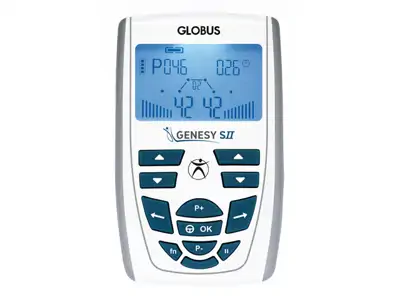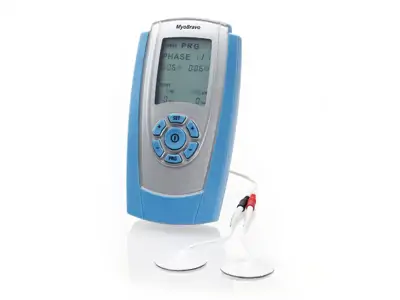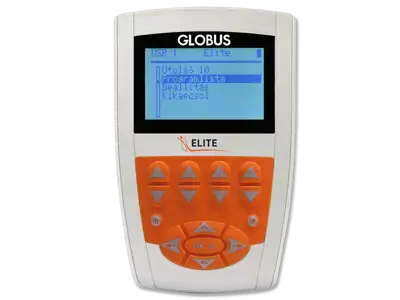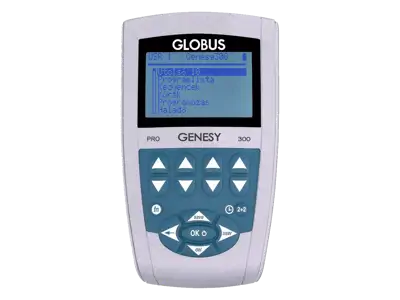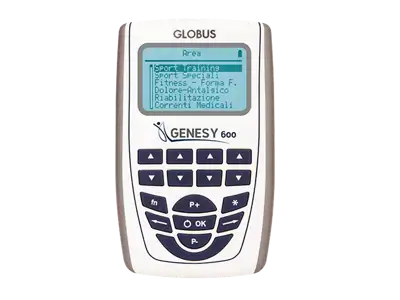Muscle atropy
In this product group we have collected devices and equipment that can be used to treat muscular atrophy.
Read more...Causes of muscle atrophy
Muscle strength and muscle mass are maintained by regular "use" of the muscle. Temporary muscle atrophy can occur as a result of a broken bone or lack of movement due to surgery.Muscle that is not used quickly loses mass and strength.
Thinning and weakening of the muscles occurs after only a few weeks of forced rest, so that when movement is possible again, the muscles "refuse to obey."
Muscle weakness can also occur for other reasons. In some forms of stroke, it is not the muscle but its motor nerve that is damaged, causing paralysis. Voluntary contraction of the muscle, and therefore movement, becomes impossible and the muscle rapidly atrophies.
Preventing muscle atrophy
Preventing muscle atrophy is important in all of the above cases. For example, in the case of a knee ligament operation, it is forbidden to move or strain the knee joint for days. This causes the thigh and leg muscles to atrophy rapidly.
Muscle stimulation treatment can be started immediately after the operation on the limb and areas not affected by the operation.
After the wound has closed, treatment of the affected side muscles can also be started. The stimulation treatment does not cause any displacement of the joint and does not put any strain on it, but has the same physiological effect as muscle training - it prevents muscle atrophy.
After the wound has healed, you should of course start traditional physiotherapy! However, instead of "restoring" a muscle that has deteriorated, you can "start" with a muscle that has been preserved, which will significantly shorten the recovery period.
The recovery and rehabilitation period is significantly shortened by early muscle stimulation.
In this product group we have collected devices and equipment that can be used for the treatment of muscular atrophy.
Back to top...
